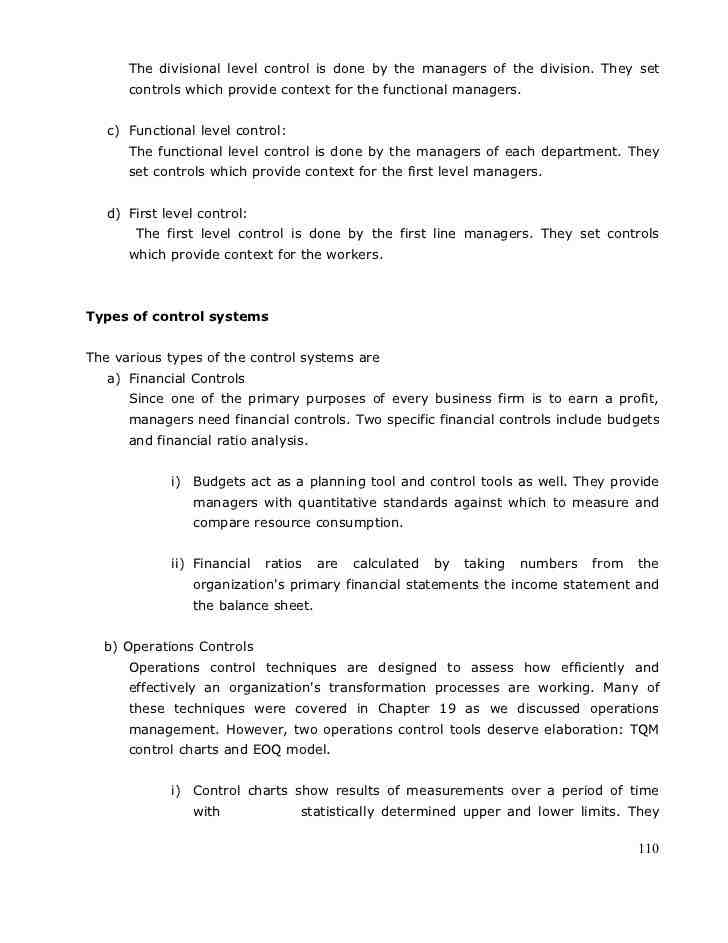The delineation method is perhaps the most common form of note-taking used by college students; an outline naturally organizes information in a logical and highly structured way, forming a textbook chapter or lesson topic skeleton that serves as an excellent study guide when preparing for tests.
Contents
What is the first step in note taking?
Here’s how to take effective notes:
- Identify the type of information source.
- Get a broad overview of the topic.
- Choose your method for taking notes.
- Get ready to take notes.
- Follow your own note-taking method.
- Review your notes.
What are the steps for taking notes? Three Steps to Taking Notes First: Prepare by finding out what you need to know and what the purpose of the reading or lesson is. During: Write down your main ideas and keywords. Find the techniques that work for you. After: Reflect and review and then organize your notes.
What is the purpose of note taking?
The main purpose of note-taking is to encourage active learning and prepare study materials for the exams. Developing note-taking skills should help you organize information in an understandable format that will help you in your study process. There are several methods of taking notes.
What are the four purposes for taking notes? Taking notes keeps your body active and engaged and helps you avoid feelings of sleepiness or distraction. It involves your mind. Listening carefully and deciding what to include in the notes keeps your mind actively engaged in what you hear. Emphasize and organize information.
What are the two main purposes of taking notes?
Taking notes is important for two main reasons: it helps you focus and taking notes helps deepen your understanding. Also, taking good notes, along with a correct citation of your work, helps remove plagiarism.
What are at least two benefits from taking notes do you normally take notes?
A good note-taking will improve your active listening, understanding of the material and retention. Taking notes on synchronous and asynchronous material will help you better remember what you hear and see.
What is the most important thing in note-taking?
Write it down! It can take some time to learn to listen to the main ideas and key facts, so keep trying and don’t give up. Some teachers may mention many class dates and facts, but only write key ones on the board.
What is important in note taking?
It keeps you awake. Note taking forces you to pay attention and helps you focus in class (or while reading a textbook). It helps you to learn. Studies on learning have shown that actively engaging with the topic by listening and then summarizing what you hear helps you understand and remember the information later.
What is the most effective form of note taking?
The pattern method is one of the most intuitive and easiest ways to take notes. As the name suggests, the structure method transforms notes into a hierarchy of information, providing a logical flow of content on the page and keeping it highly organized. With the outline method, you can take notes by hand or digitally.
What are note types?
The main types of banknotes include bills of exchange, treasury bills, unsecured banknotes, bills of exchange and structured notes.
How many main types of notes are there? In American English, the different types of musical notes are known as a whole note, quarter note, quarter note, eighth note, sixteenth note, thirty second notes, and so on. However, the British refer to these symbols with different names such as semibreve, minim, quarter note, eighth note and sixteenth note.
What are the 7 main musical notes?
In the chromatic scale there are 7 main musical notes named A, B, C, D, E, F and G. Each represents a different frequency or pitch. For example, the “middle” A note has a frequency of 440 Hz and the “middle” B note has a frequency of 494 Hz.
Are there only 7 music notes?
There are actually not seven notes within an octave, but twelve. We represent five as “sharps” or “flats”, so there appear to be only seven. Each note represents a frequency of the sound.
What are the musical notes in order?
The musical alphabet is, in ascending order of pitch, A, B, C, D, E, F and G. After G, the cycle repeats back to A. Each line and space on the staff represents a different pitch. The lower the staff, the lower the pitch of the note.
What is a good strategy for note taking?
Make notes that are visually clear, concise, organized and structured so that they are easy to read and make sense to you later on. See different note formats below for ideas. If you want your notes to be concise and short, use abbreviations and symbols. Write bullet points and sentences instead of complete sentences.
What are the 4 types of note-taking strategies? Use the four main methods for taking notes: lists, outlines, concept maps and the Cornell method.
Sources :


Comments are closed.